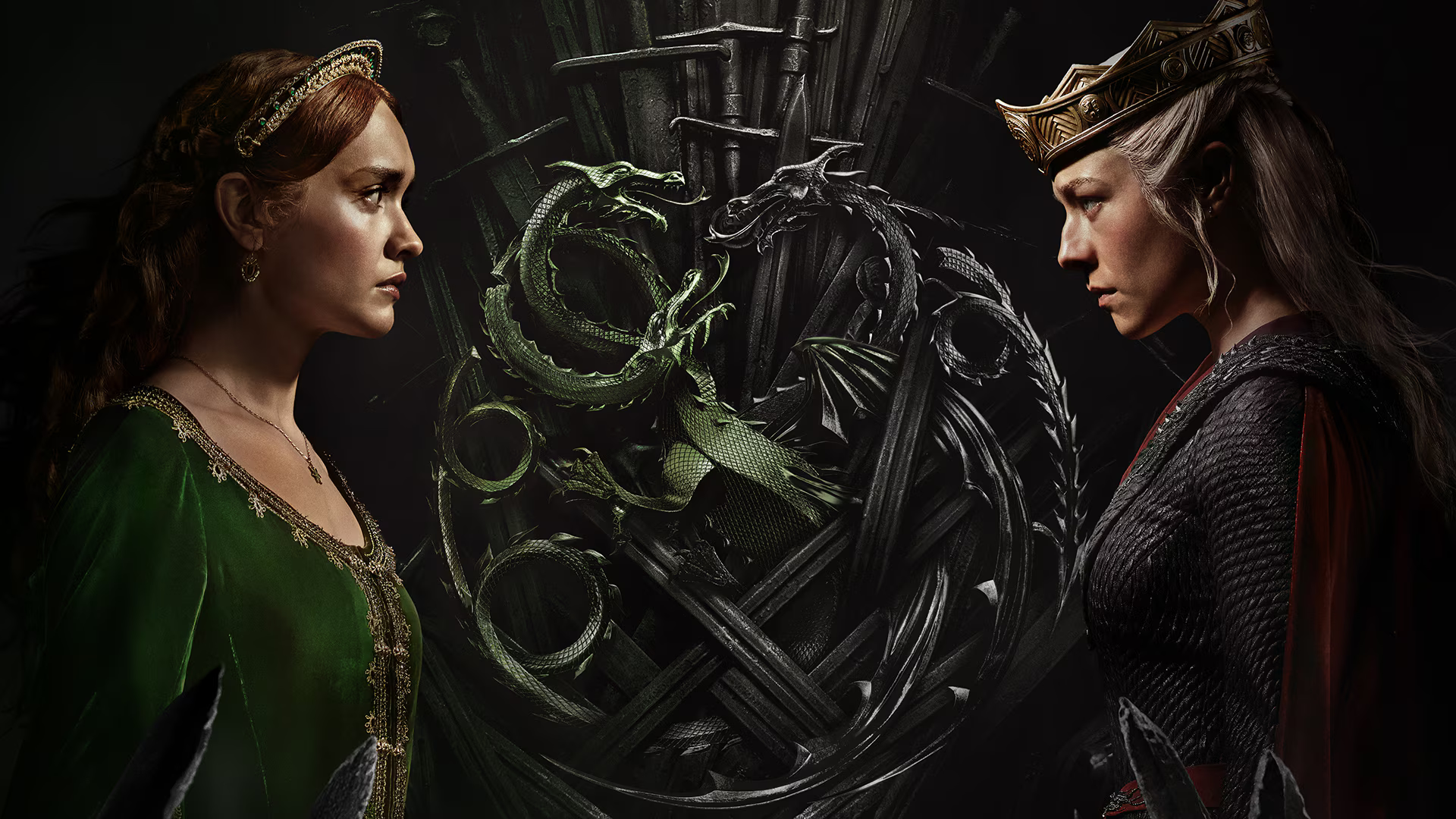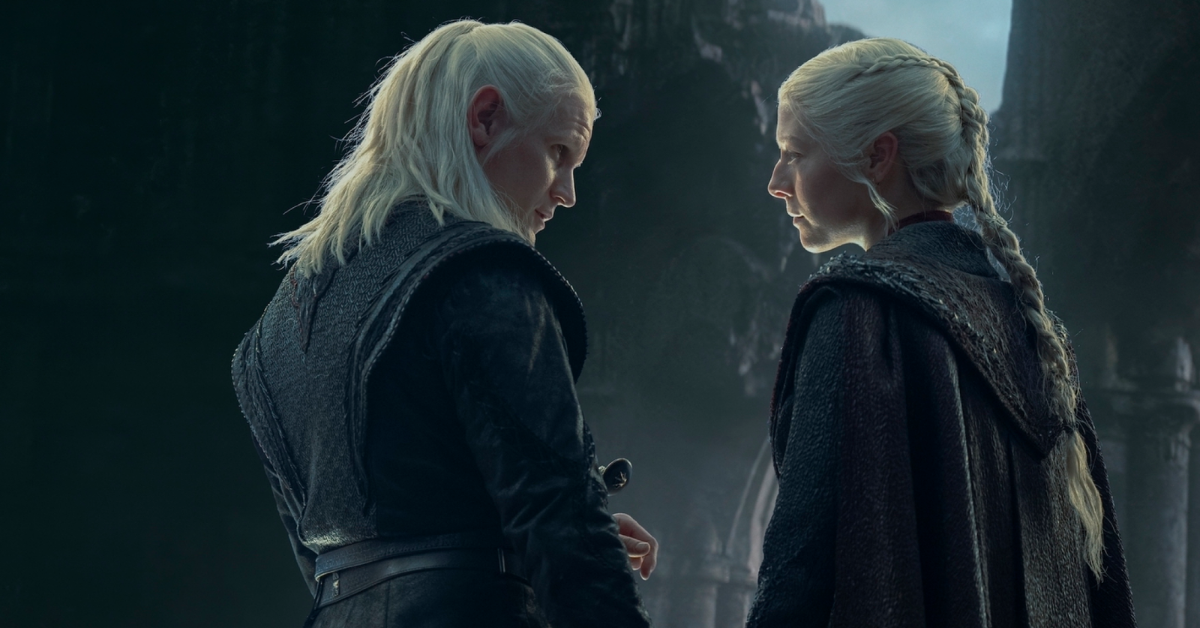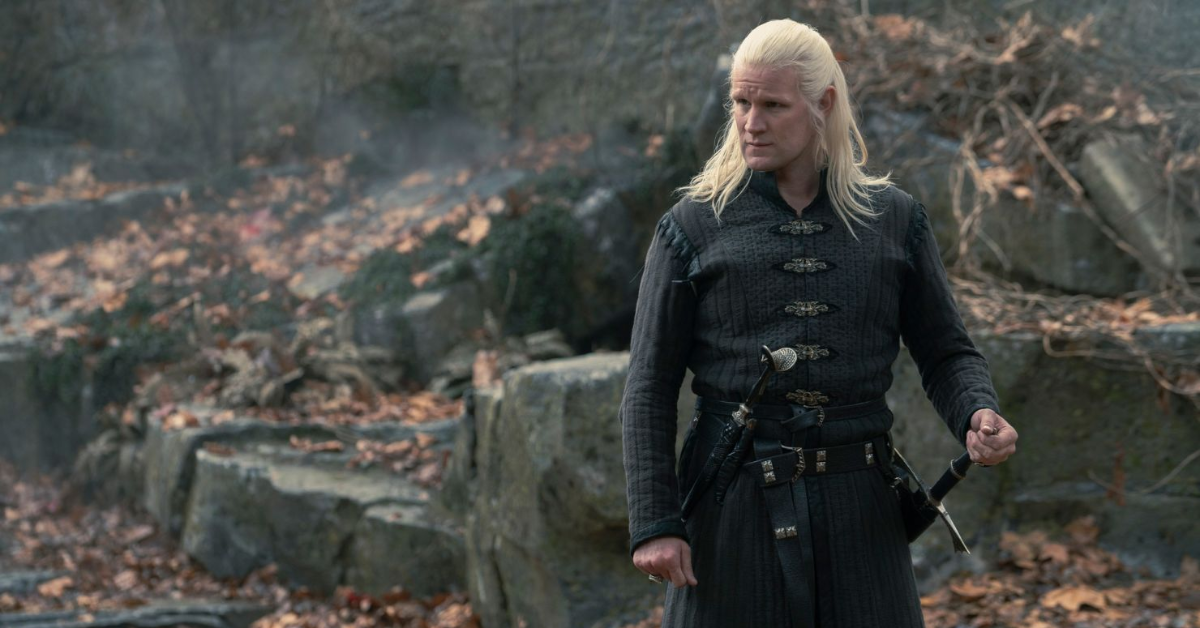You may have read my earlier post on how to dip your toe into world cinema. Since we are in the midst of an Anime marathon, it seems like a good idea to help you the dear reader (and listener!) to better understand the Japanese film industry. So I’m going to construct a brief history of Japanese film and recommend just of few films that you could watch in the context of this history and gain a better (if very limited) understanding of the national cinema. So I am approaching this historically rather than generically or by an auteurist approach. These approaches would be helpful to round out your understanding and could be tailored to you, the reader’s, individual interests.

First of all a curious anecdote about the transition to sound must be told. Early Japanese cinema was not nearly so isolationist as it would be described in later decades. No indeed, there was ample exchange between the West and Japan during this era and most of the major genres were present in some form or another. During the silent era, there was a strange alchemy of kabuki theater and film in which there was not only instrumental accompaniment but also a Benshi who would provide narration for the film as well at the time of exhibition. This would sometimes include dialogue improvised by the Benshi, thus casting shade on the idea of there ever having been a “silent cinema” and explaining the continued production of silent films well into the 1930s in Japan. Tragically like much silent cinema on nitrate film, many of these films are lost.
That’s an anecdote folks. I wish I could give some analysis as to how this tradition influenced later years but as this point it is an interesting bit of history. That much said, it does become clear that unlike Western cinema, there was not a “chaining of the camera” that characterized the early sound era in Japan since they were late comers to overall adaptation of sound film. They simply waited until better techniques were developed before employing them and maximized the use of symmetry in their uses of a static camera.
This general conservatism marked the 1930s between the wars. The jidaigeki (period dramas and the etymological root of George Lucas’ Jedi of Star Wars fame) and their subgenre, the chambara film, about samurai warriors and bushido values were incredibly popular. There were modern era films also made (these are called gendaigeki) which had a high concentration of military subjects and full-out propaganda pieces. I think this might be crucial to understanding film from Japan since the fundamental distinction in its genres deal with time. Most fascinatingly, the jidaigeki films of the period had a massive influx of leftist politics and values in later years. A highly important film that showcases the style of the era is Kenji Mizoguchi’s Life of Oharu.

 Japanese film is overwhelmingly a film of its time. Though some of the leftist tendencies became less visible in the 40s and 50s these films became overwhelming concerned with Japanese identity and the film industry became nationalized to that end. Thus films like Tokyo Story by Yasujiro Ozu were contemporary dramas about faithfulness to tradition and serving the needs of aging parents. On the flip side, period pieces like Akira Kurosawa’s Rashomon dealt with the problem of pride for a defeated nation.
Japanese film is overwhelmingly a film of its time. Though some of the leftist tendencies became less visible in the 40s and 50s these films became overwhelming concerned with Japanese identity and the film industry became nationalized to that end. Thus films like Tokyo Story by Yasujiro Ozu were contemporary dramas about faithfulness to tradition and serving the needs of aging parents. On the flip side, period pieces like Akira Kurosawa’s Rashomon dealt with the problem of pride for a defeated nation.
The 1960s were the peak years of the Japanese New Wave movement. This movement began in the 1950s and continued through the early 1970s. Nagisa Oshima’s Cruel Story of Youth, Night and Fog in Japan and Death By Hanging, along with Shindo’s Onibaba, Hani’s Kanojo to kare and Imamura’s The Insect Woman, became some of the better-known examples of Japanese New Wave filmmaking; which was concerned with societal change in the role of woman, more sexually transgressive and at times political than the decades before.
That’s not at all to say that all films were either progressive or timely in the period. There was also fairly draconian censorship by Douglas Macarthur, the Supreme Commander of the American occupation of Japan after World War II. This combined with a crumbling film industry in the decades following, led to a deluge of B films during the 60s of various import and quality. But, there are bright spots such as the Godzilla films which are vitally important to a preoccupation of much of Japanese film, the atomic bombing of Hiroshima and Nagasaki.

This is where I would introduce Anime which followed the end of the New Wave in 70s. These films find themselves in a position of constant fear of a nuclear environmental crisis and are typically skeptical of the high militarization of the Cold War Era and beyond. Technological development and innovation in both hand drawn and computer techniques led several, but most notably Hayao Miyazaki, to initiate what some critics call a “second golden age” in Japanese filmmaking. The list of important films here gets very long, but a good first exemplar is Princess Mononoke.
.jpg)
That gets us to the development of Anime in the world of Japanese film. There is so much more going on in the national cinema than I’ve described. There are well developed genres in horror and yakuza (gangster) films. Brilliant directors such as Takashi Miiake to explore and more industrial history in terms of major film franchises and blockbuster methodologies deployed in the Japanese Film industry. I hope this whets your appetite and you explore the island’s cinema more and tell me about what you are discovering. Let me know in the comments below or at my twitter account or on letterboxd.
Dustin Sells is studying for a PhD in Screen Studies at Oklahoma State University. Sometimes he gets some sleep. Check out Dustin’s most recently viewed films on Letterboxd @DustinSells or follow him on Twitter @dustin_sells or follow him on Twitter




Leave a Reply